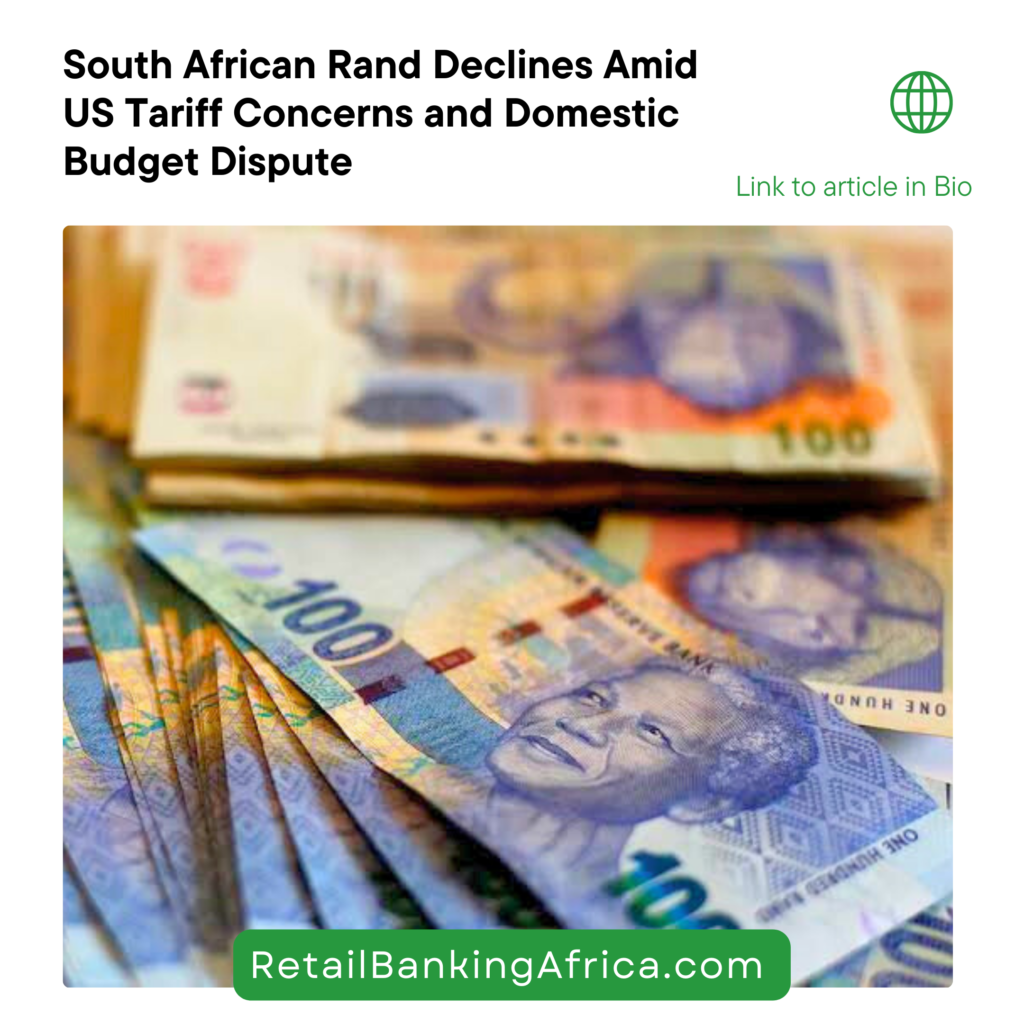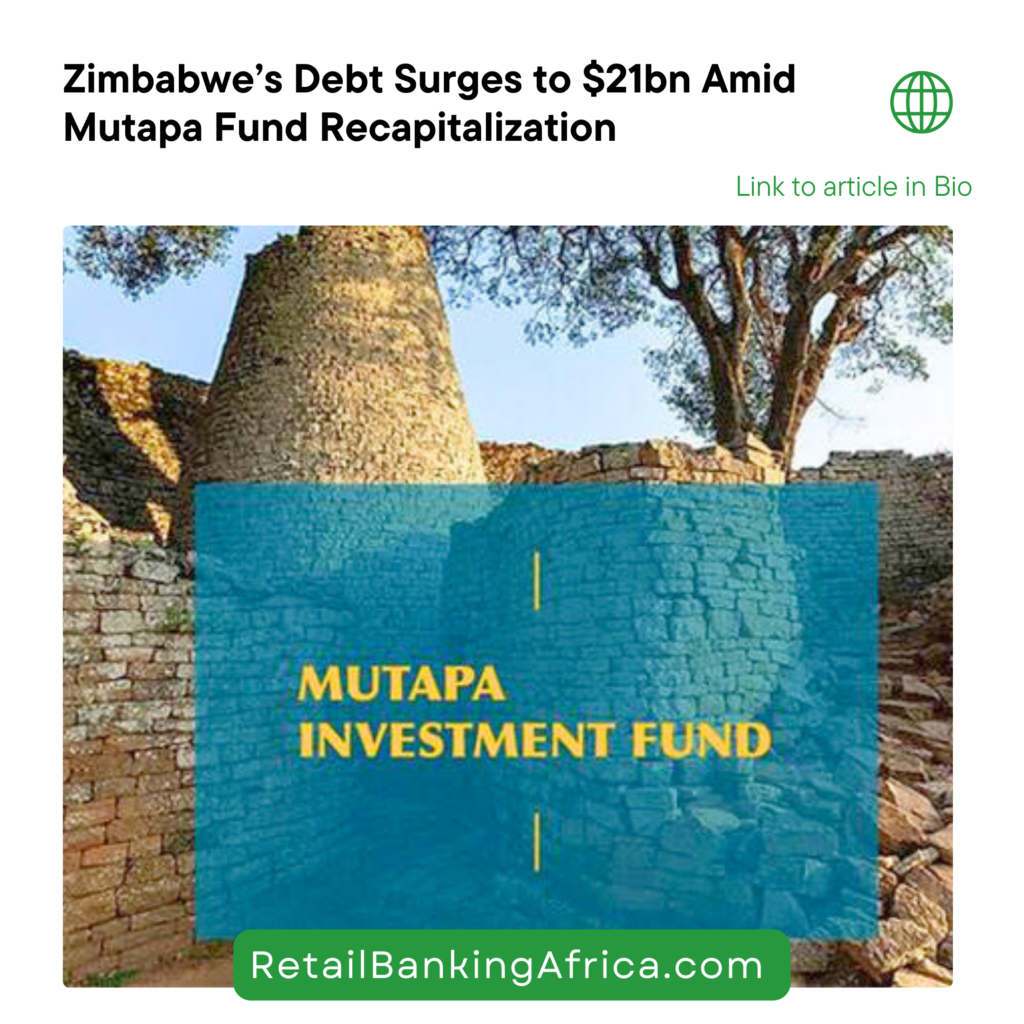The Impact of Non-Performing Loans in the Retail African Banking Sector

Non-performing loans (NPLs) pose a significant challenge to the retail banking sector in Africa, affecting financial stability, profitability, and economic growth. NPLs, loans in default or close to being in default, have been a persistent issue in the region, exacerbated by economic volatility and structural weaknesses in the banking sector.
Scale and Scope of the Problem
As of 2023, the average NPL ratio in Sub-Saharan Africa was approximately 8.5%, significantly higher than the global average of around 4.5%. In countries like Nigeria and Ghana, the situation is more acute, with NPL ratios exceeding 10% and 15% respectively . These high levels of NPLs are often linked to economic disruptions, such as the decline in commodity prices and the impact of the COVID-19 pandemic, which strained borrowers’ repayment capacities.
Impact on Financial Stability
High NPL ratios undermine the financial stability of banks by eroding their capital base and profitability. Banks are required to set aside provisions for potential loan losses, which reduces their available capital for new lending. For instance, in Nigeria, banks increased their loan-loss provisions significantly, leading to a reduction in their capital adequacy ratios (CAR) to an average of 14.5% in 2023, just above the regulatory minimum of 15% .
Profitability Concerns
NPLs also directly impact the profitability of retail banks. Provisions for bad debts reduce net income, while interest income from NPLs is either reduced or non-existent. In Kenya, for example, the banking sector’s return on assets (ROA) dropped from 2.5% in 2019 to 1.5% in 2022 due to increased provisioning for NPLs . This reduction in profitability limits banks’ ability to invest in growth and innovation, which is critical for expanding financial inclusion and improving service delivery.
Economic Growth Implications
The high prevalence of NPLs in the retail banking sector has broader economic implications. Banks become more risk-averse, tightening credit conditions and reducing lending to households and businesses. This credit squeeze can stifle economic activity, as businesses struggle to finance operations and expansion. The World Bank estimates that a 10% increase in NPLs can reduce credit growth by about 2.5% annually in emerging markets .
Policy Responses and Solutions
To address the NPL issue, regulatory authorities across Africa have implemented various measures. These include enhancing credit information systems to better assess borrower risk, establishing asset management companies to buy bad debts from banks, and strengthening legal frameworks for loan recovery. For example, Ghana’s establishment of the Ghana Amalgamated Trust (GAT) in 2019 aimed to recapitalize banks and address the high NPL ratios by purchasing distressed assets .
The impact of non-performing loans on the retail banking sector in Africa is profound, affecting financial stability, profitability, and economic growth. Addressing this challenge requires a multifaceted approach, including regulatory reforms, improved risk management practices, and enhanced legal frameworks for debt recovery. By mitigating the impact of NPLs, African banks can better support economic development and financial inclusion.



